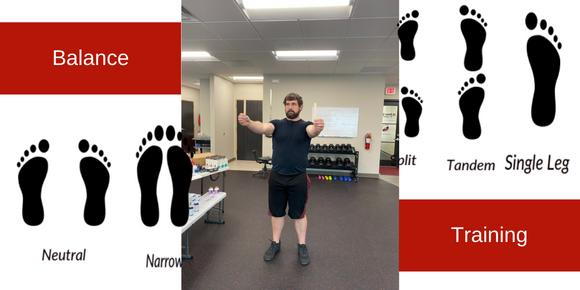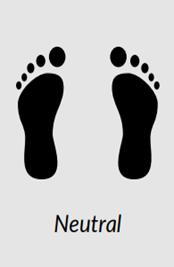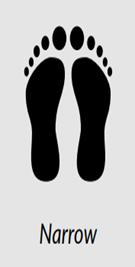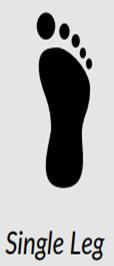
Often people assume that when balance training they have to train on unlevel surfaces but if we are never in those situations then the body is becoming better on surfaces that we are never on. The body is very adaptable and provided with the right stimulus it will perform better instantly. In a pain and performance session checking to see how stable you are can let Mychal know to start with up regulating the vestibular system. Once established that balance training is a good starting point there are 4 ways we can target the vestibular system.
- Different Stances
- Eyes open/ eyes closed
- Head movements
- Perturbation
Different stances- Neutral stance, Narrow stance, Split stance, Tandem stance, and Single leg stance





Eyes open vs Eyes closed
Head movements- Every time we move our head our vestibular system must respond. Adding head movements with holds in that position will challenge our balance. The faster the head movement the more stimulus we will provide to the vestibular system. The head movements we will be practicing are rotation side to side, nods up and down, and side tilts.
Perturbation- This is one of my favorites to test with clients because I get to add an outside force to see how the body stabilizes. If you have a friend or family member adding perturbation, simply have them give you taps on the shoulders as you perform the balance training. If you are a loner when it comes to training like me then we will need to add bands in some fashion. When adding bands to your practice that can look like putting a band around your legs or even holding the band while pulling from one side.
The How
We are going to go over how to train the Vestibulospinal Reflex (VSR).
- Get a baseline assessment of a range of motion. Making sure to test flexors and extensors in the body. Examples of these range of motions tests could be forward bend, backward bend, shoulder flexion (arm to ear), and shoulder extension (arm reaching back).
- Choosing a starting stance (the five stances are listed above with pictures).
- In a safe but challenging stance we are going to add in head movements with 10 second holds. The six different head movements will be turn right, turn left, head back, head down, side tilt to right, and side tilt to left.
- After going through the six different head positions with holds recheck the baseline assessments/ range of motion movements.
- Repeat step 3 except with eyes closed. Recheck baseline assessments.
- The last step before moving on to a more challenging stance would be to add perturbation testing both with eyes open and eyes closed and retest with that. To add the perturbation either have a friend smack you on the shoulders or band the legs or waist.
- If this is a good drill for you, you will see improvement with the baseline assessments. If no improvement try it in a harder stance and reassess.
The Why
The vestibular system is the primary source of descending neural control for the paraspinal muscles, spinal erectors, and extensors. So, anything on the back side of the body benefits from up regulation of the vestibular system. This is HUGE for postural corrections and stability anyone willing to do the practice. Understanding this reflex in the body can help with posture, preloading muscles before a lift, and overall midline stability in the body, which makes the cross pattern more effective.
